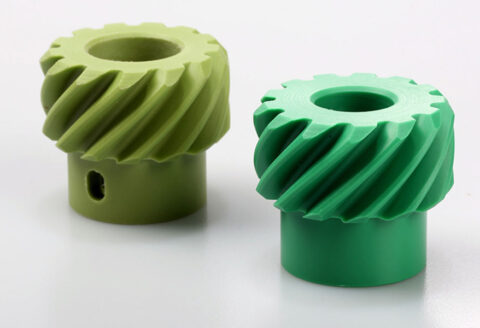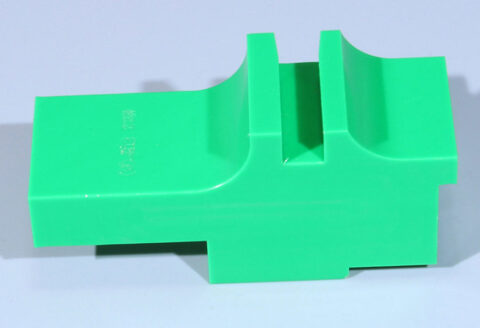In terms of the total amount of electroplating wastewater, such as papermaking, printing and dyeing, chemicals, pesticides, etc., the amount of water is small, and the pollution surface is narrow. However, due to the wide distribution of electroplating plants, there are many types of highly toxic substances in the wastewater, which is very harmful. Untreated electroplating wastewater discharges into rivers and ponds and seeps into the ground, which will not only harm the environment, but also pollute drinking water and industrial water. Electroplating wastewater contains heavy metal ions such as chromium, zinc, copper, cadmium, lead, and nickel, as well as highly toxic impurities such as acid and alkali cyanide. Some are also highly toxic substances that cause cancer and distortion. Therefore, they must be dealt with carefully to avoid harm to people.
- (1) Typical process flow
- (2) Principle of heavy metal removal
Generally, heavy metal ion removers can be used in a wide pH range (pH 3-12). In this pH range, heavy metal ion removers can indeed be used for treatment and can achieve better results. However, it is not economical to use the recapture agent directly without adjusting the pH value. Generally, the pH value should be adjusted to a certain range first, so that part of the heavy metal ions are precipitated in the form of hydroxides, thereby reducing the heavy metal ion remover Use amount to reduce processing cost. Table 1 shows the optimal pH range for precipitation of certain metal hydroxides.
- Metal ion Fe3+Al3+Cr3+Cu2+Zn2+Sn2+Ni2+Pb2+Cd2+Mn2+
- The optimal pH value of precipitation 6-125.5-88-9>89-105-8>9.59-9.5>10.510-14
- Add alkali to re-dissolve the pH value>8.5>9>10.5>9.5
For hexavalent chromium, it should be reduced by a reducing agent first to be reduced to trivalent chromium, and then removed by the above method.
Finally, we add a certain amount of coagulant to make the sediment formed by heavy metals settle in the sedimentation tank to reduce the SS of the effluent and make the effluent clear and transparent.
Process characteristics and advantages
- 1. The treated effluent is of good quality.
- 2. High degree of automation, stable effluent water quality.
- 3. The use of energy-saving special technology, low operating costs, can effectively make the electroplating sewage meet the national comprehensive pollutant discharge standard (GB8978-1996), and can effectively respond to the energy-saving and emission-reduction policies of the 17th National Congress of the Communist Party of China.
- 4. The operating cost is low, and the chemicals added are cheap.
- 5. The layout of our equipment adopts the top and bottom overlap type, and the sewage treatment equipment occupies a small area. The system occupies 1/5 of the usual water treatment process.


